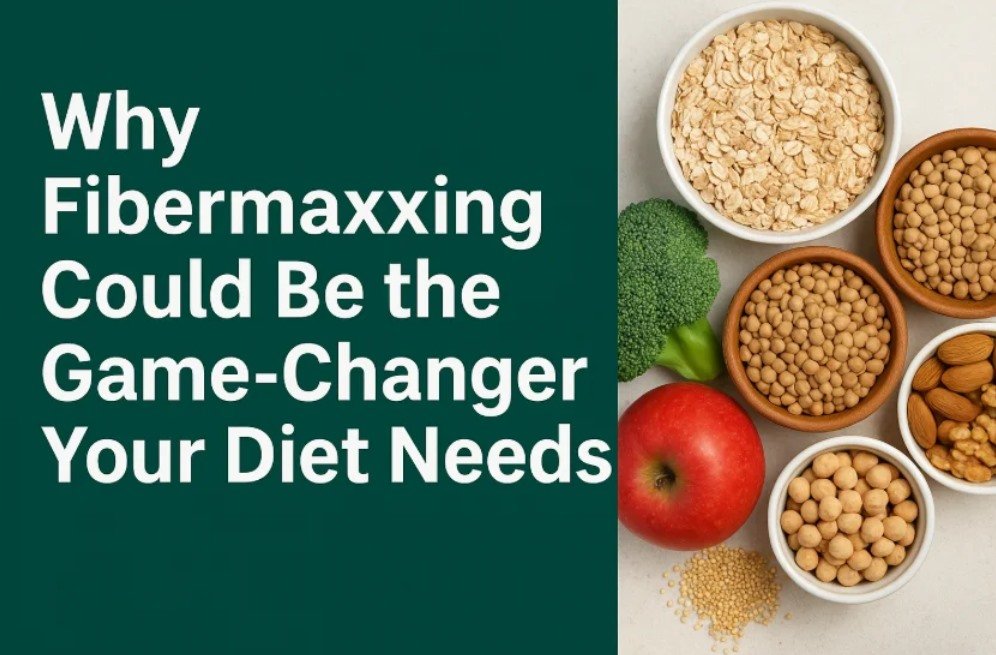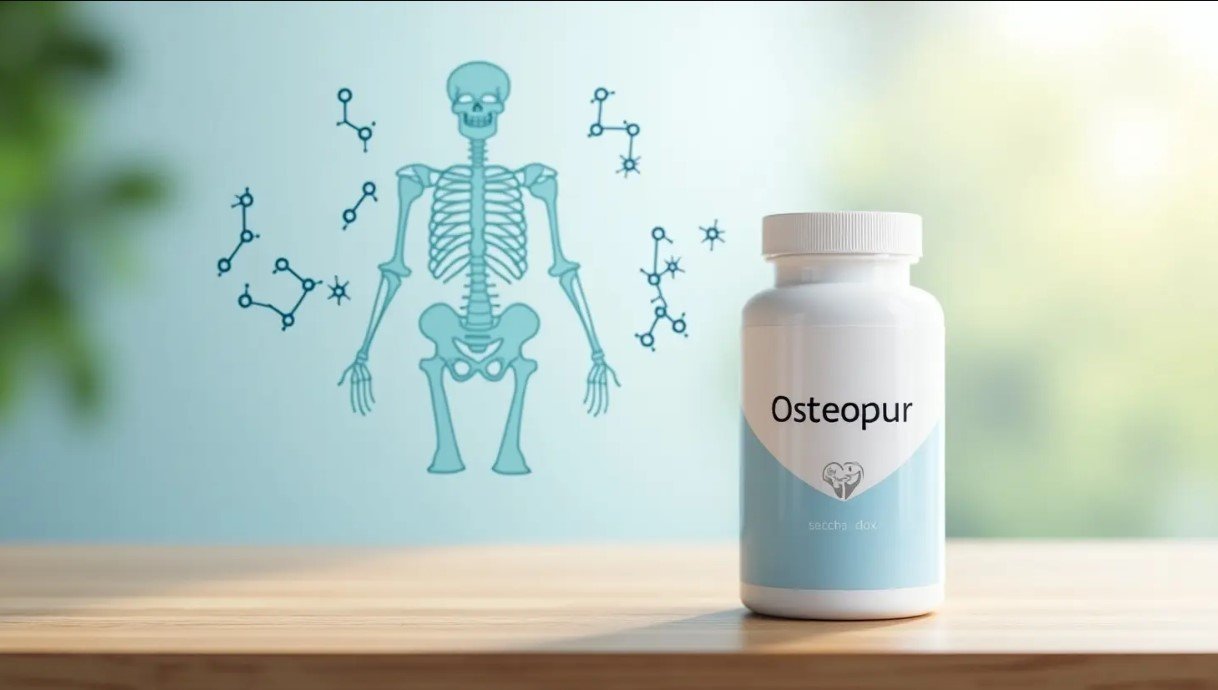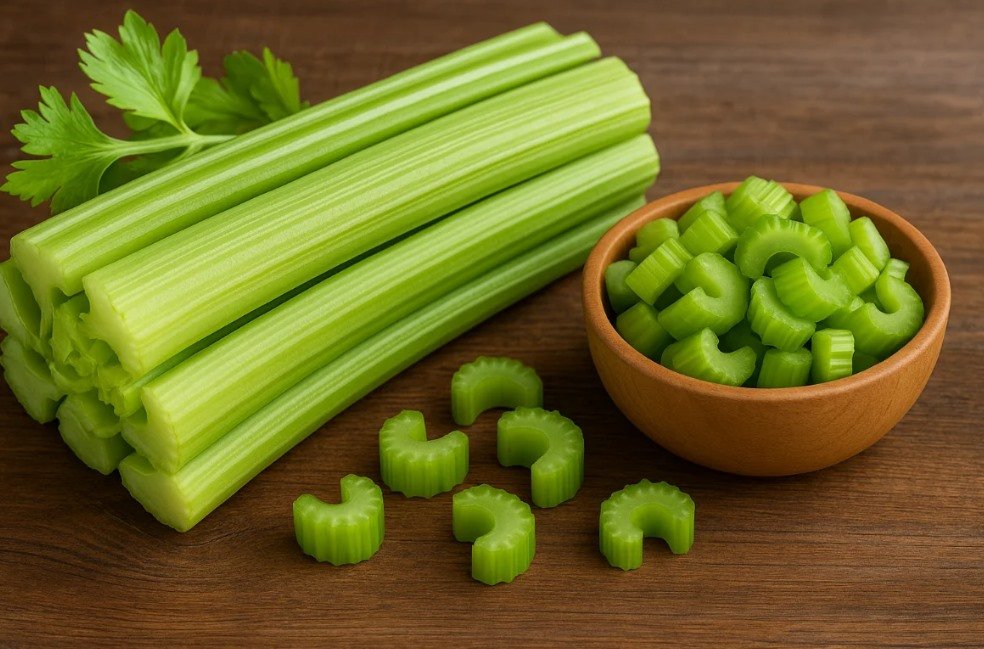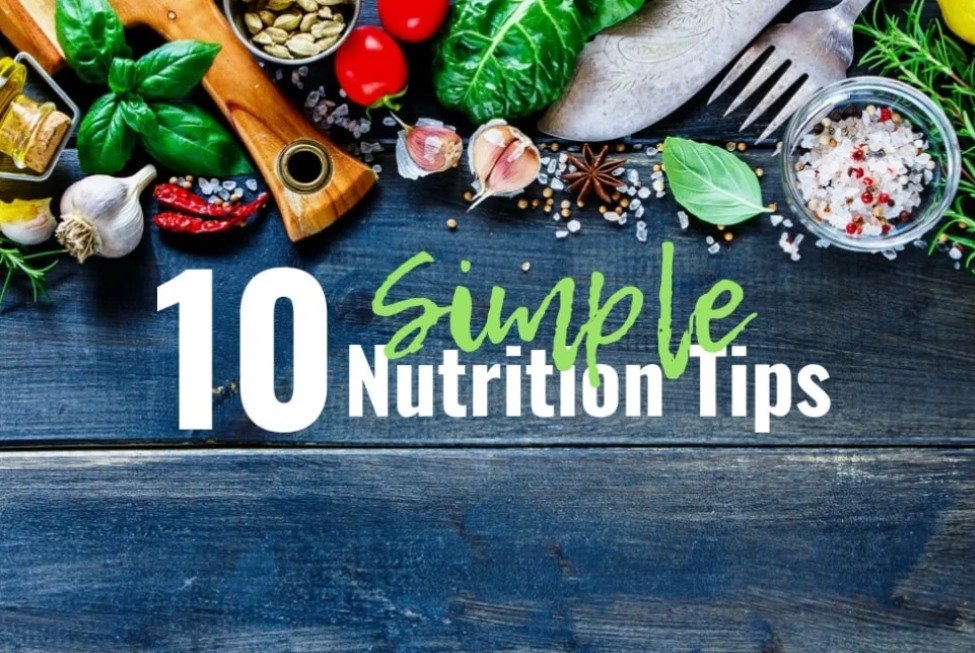
What is Fibermaxxing?
Fibermaxxing is a diet trend that focuses on increasing the intake of dietary fiber. Unlike many fad diets, Fibermaxxing is about improving overall health through a consistent, sustainable approach. Fiber is an essential nutrient that plays a key role in digestion, blood sugar control, and heart health. Many people do not consume enough fiber, which can lead to digestive problems and other health issues. The goal of Fibermaxxing is to encourage the consumption of fiber-rich foods to meet daily recommended intake. This diet aims not only at weight management but also at long-term health benefits.
Why Fibermaxxing is Gaining Popularity
One reason Fibermaxxing is becoming popular is its simplicity. It does not require complicated meal plans, expensive supplements, or strict restrictions. Instead, it focuses on adding naturally high-fiber foods to everyday meals. Examples of these foods include fruits, vegetables, whole grains, legumes, and nuts. These foods are easy to find and incorporate into daily diets. Increasing fiber intake naturally improves digestion, helps you feel fuller longer, and reduces the risk of chronic diseases. Many people notice improvements in energy levels, bowel regularity, and overall well-being after adopting Fibermaxxing.
Health Benefits of Fiber
Fibermaxxing works because fiber has multiple benefits for the body. There are two main types of fiber: soluble and insoluble. Soluble fiber, found in foods like oats, beans, and fruits, can help lower cholesterol and regulate blood sugar. Insoluble fiber, found in whole grains, vegetables, and nuts, adds bulk to stool and prevents constipation. Eating a diet rich in fiber can also support a healthy gut microbiome, which is linked to better immune function and reduced inflammation. Fibermaxxing emphasizes a balanced intake of both types to provide comprehensive support for digestive and metabolic health.
Role of Fibermaxxing in Weight Management
Another benefit of Fibermaxxing is its impact on weight management. High-fiber foods are filling and take longer to chew and digest. This slows down eating, which can help reduce overall calorie intake. People who follow Fibermaxxing principles often eat less without feeling deprived. Fiber-rich foods are also typically lower in calories but higher in nutrients, making them ideal for improving diet quality. Additionally, fiber can help stabilize blood sugar levels, which may reduce cravings and promote healthier eating habits over time.
How to Incorporate Fibermaxxing Into Your Diet
Incorporating Fibermaxxing into daily life is straightforward with some planning. Start by including fruits and vegetables in every meal. Replace refined grains with whole grains such as brown rice, oats, and quinoa. Legumes like lentils, beans, and chickpeas are excellent sources of fiber and protein. Nuts and seeds can be added as snacks or meal toppings. Drinking plenty of water is also important because fiber works best when it absorbs water in the digestive system. Gradually increasing fiber intake helps the body adjust and prevents digestive discomfort. For most adults, the recommended daily fiber intake is between 25 and 30 grams, which Fibermaxxing helps achieve consistently.
Fibermaxxing as a Sustainable Lifestyle
One of the strongest points of Fibermaxxing is that it is not a short-term diet but a sustainable lifestyle choice. Unlike restrictive diets that are hard to maintain, focusing on fiber is realistic and achievable. People who follow this approach often experience long-term health improvements, including better digestion, more stable energy levels, and a lower risk of chronic diseases such as diabetes, heart disease, and obesity. Fibermaxxing also encourages a varied diet, making meals more enjoyable and satisfying. With so many high-fiber foods available, it is easy to create diverse and flavorful meals that promote overall health.
Practical Tips for Fibermaxxing Success
Successfully following Fibermaxxing requires a few simple habits. First, gradually increase your fiber intake rather than making sudden changes. A sudden increase can cause bloating or discomfort. Introduce fiber-rich foods slowly, and monitor how your body reacts. Second, combine fiber with adequate water intake. Fiber absorbs water, which helps it move smoothly through the digestive system. Third, aim to include a variety of fiber sources to get both soluble and insoluble fiber. For example, combine fruits and oats for breakfast, legumes and vegetables for lunch, and nuts or seeds as snacks. This approach ensures that your diet remains balanced and nutritious while maximizing fiber intake.
Common Fibermaxxing Mistakes to Avoid
While Fibermaxxing is simple, there are common mistakes that can reduce its effectiveness. One mistake is relying on processed foods labeled as “high-fiber.” Many of these products contain added sugars or artificial ingredients that diminish the health benefits. Another mistake is neglecting water intake. Without sufficient water, fiber can cause constipation or digestive discomfort. Some people also focus on only one type of fiber, which limits the benefits for digestion and blood sugar regulation. Avoiding these mistakes ensures that Fibermaxxing works as intended and provides maximum health benefits.
Benefits Beyond Digestion
Fibermaxxing does more than improve digestion. Research shows that high-fiber diets can reduce the risk of heart disease by lowering cholesterol levels and blood pressure. Fiber can also help with blood sugar management, reducing the risk of type 2 diabetes. People who consume enough fiber often experience improved satiety, which can help maintain a healthy weight. Additionally, fiber supports a healthy gut microbiome, which influences immune function and inflammation in the body. By following Fibermaxxing principles, individuals can enjoy a range of health benefits that extend far beyond the digestive system.
Meal Ideas for Fibermaxxing
Including fiber in every meal is simple with Fibermaxxing. For breakfast, try oatmeal topped with fresh fruit and chia seeds. For lunch, consider a salad with leafy greens, beans, and whole grains like quinoa or farro. Dinner could include roasted vegetables, lentils, or brown rice. Snacks can include fresh fruit, raw vegetables with hummus, or a handful of nuts. Meal planning around fiber-rich foods ensures that daily intake goals are met while keeping meals enjoyable and varied. Over time, this approach becomes a natural part of your lifestyle rather than a restrictive diet.
Final Thoughts
Fibermaxxing is an easy-to-follow diet trend that offers long-term health benefits. By focusing on increasing fiber intake, individuals can improve digestion, manage weight, and support overall wellness. The diet is simple, sustainable, and flexible, making it suitable for most people. Incorporating a variety of high-fiber foods into meals and drinking adequate water ensures success and prevents common pitfalls. With Fibermaxxing, you are not just following a trend—you are adopting a healthy, balanced approach that can improve your quality of life.
Adopting Fibermaxxing does not require drastic lifestyle changes. Small, consistent steps can help you reach daily fiber goals and enjoy the health benefits associated with a high-fiber diet. Whether your goal is weight management, better digestion, or long-term disease prevention, Fibermaxxing provides a practical solution that is easy to maintain and effective.










